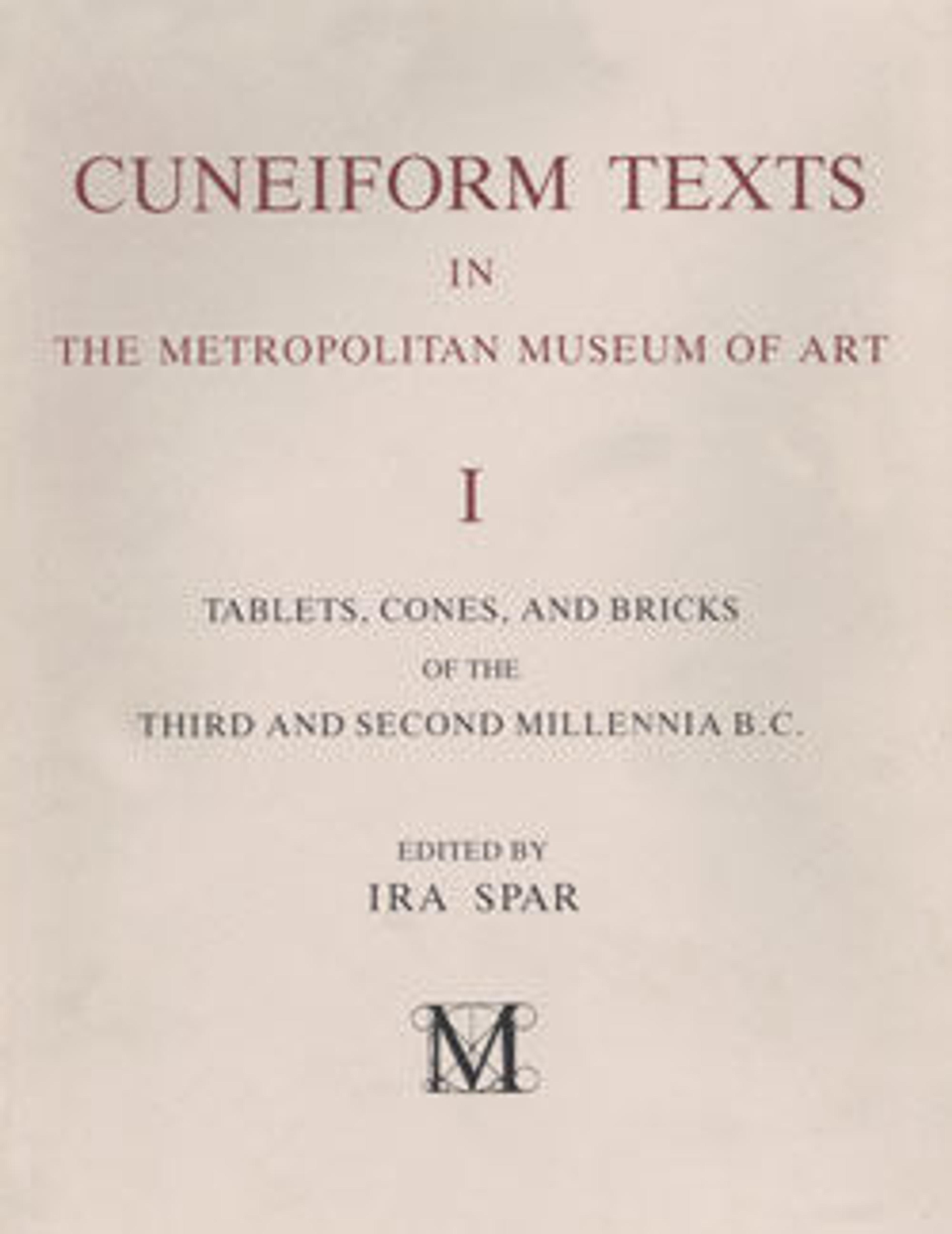Cuneiform tablet case impressed with cylinder seal in Anatolian style
Kültepe, the ancient city of Kanesh, was part of the network of trading settlements established in central Anatolia by merchants from Ashur (in Assyria in northern Mesopotamia) in the early second millennium B.C. Travelling long distances, and often living separately from their families, these merchants traded vast quantities of goods, primarily tin and textiles, for Anatolian copper and other materials. Although the merchants adopted many aspects of local Anatolian life, they brought with them Mesopotamian tools used to record transactions: cuneiform writing, clay tablets and envelopes, and cylinder seals. Using a simplified version of the elaborate cuneiform writing system, merchants tracked loans as well as business deals and disputes, and sent letters to families and business partners back in Ashur. At Kültepe, thousands of these texts stored in household archives were preserved when fire destroyed the city in ca. 1836 B.C. Because the tablets document the activities of Assyrian merchants, they provide a glimpse into the complex and sophisticated commercial interactions that took place in the Near East during the beginning of the second millennium B.C.
This clay envelope or case would have once contained a tablet with cuneiform writing. Traces of this text are visible on the inside surface of the case. The obverse of the case is not preserved. The reverse of the case is sealed with a cylinder seal rolled twice. The seal impressions shows a scene in which four main figures appear. Two figures with horned crowns face each other: one is seated and the other stands upon a bull. Behind them, a kilted figure with a beard treads upon the body of a nude male and a beardless kilted figure grapples with an overturned bull. Between and around the four figures, small filler motifs were interspersed. Although the use of the cylinder seal, rather than the stamp seal, was typically Mesopotamian, and the poses of the figures evoke the imagery of Mesopotamian seals, this seal was carved in an Anatolian style that emphasized features such as the large eyes of the figures and used filler motifs. The resulting visual hybridity is characteristic of many Kültepe seals and offers further evidence for the cultural interaction between the two areas.
This clay envelope or case would have once contained a tablet with cuneiform writing. Traces of this text are visible on the inside surface of the case. The obverse of the case is not preserved. The reverse of the case is sealed with a cylinder seal rolled twice. The seal impressions shows a scene in which four main figures appear. Two figures with horned crowns face each other: one is seated and the other stands upon a bull. Behind them, a kilted figure with a beard treads upon the body of a nude male and a beardless kilted figure grapples with an overturned bull. Between and around the four figures, small filler motifs were interspersed. Although the use of the cylinder seal, rather than the stamp seal, was typically Mesopotamian, and the poses of the figures evoke the imagery of Mesopotamian seals, this seal was carved in an Anatolian style that emphasized features such as the large eyes of the figures and used filler motifs. The resulting visual hybridity is characteristic of many Kültepe seals and offers further evidence for the cultural interaction between the two areas.
Artwork Details
- Title: Cuneiform tablet case impressed with cylinder seal in Anatolian style
- Period: Middle Bronze Age–Old Assyrian Trading Colony
- Date: ca. 20th–19th century BCE
- Geography: Central Anatolia
- Culture: Old Assyrian Trading Colony
- Medium: Clay
- Dimensions: 6.8 x 5.8 x 1.6 cm (2 5/8 x 2 1/4 x 5/8 in.)
- Credit Line: Purchase, Mrs. Peter Oliver Gift, 1977
- Object Number: 1977.371
- Curatorial Department: Ancient West Asian Art
More Artwork
Research Resources
The Met provides unparalleled resources for research and welcomes an international community of students and scholars. The Met's Open Access API is where creators and researchers can connect to the The Met collection. Open Access data and public domain images are available for unrestricted commercial and noncommercial use without permission or fee.
To request images under copyright and other restrictions, please use this Image Request form.
Feedback
We continue to research and examine historical and cultural context for objects in The Met collection. If you have comments or questions about this object record, please contact us using the form below. The Museum looks forward to receiving your comments.
